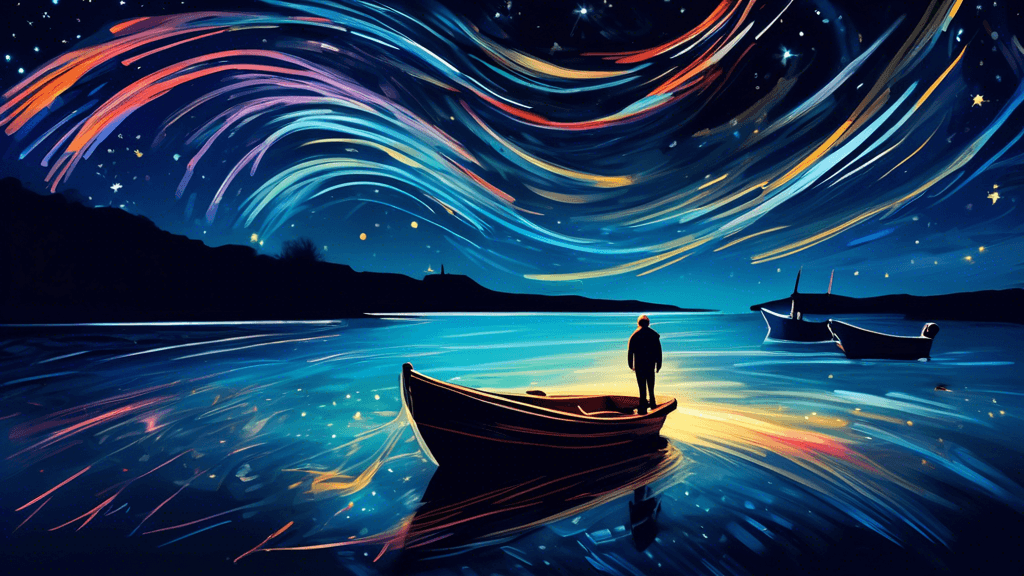
Mastering Night Photography: The Art of Painting with Light
Share
Introduction to Night Photography
Have you ever gazed at a stunning nightscape photo and wondered how it was captured? Night photography, a genre that continues to mesmerize viewers and engage photographers, is truly the art of painting with light. Majestic city skylines, star trails, and serene moonlit landscapes are all classic subjects of this challenging yet rewarding photographic art. Whether you are a novice eager to explore the realm of night photography or a seasoned photographer looking to refine your skills, this guide is designed to help you master the techniques necessary to capture breathtaking night images.
Understanding the Basics of Night Photography
Before venturing into the night with your camera, it's essential to grasp some fundamentals. Night photography primarily involves long exposure times, higher ISO settings, and wide apertures. This combination allows your camera to capture sufficient light, even in low-light conditions. But why do these settings matter?
- Long Exposure: Slowing down the shutter speed allows more light to hit the sensor, which is crucial in dark environments.
- High ISO: Increasing the ISO sensitivity of your camera sensor helps capture more light but be wary of higher noise levels.
- Wide Aperture: Opening up the aperture allows more light to enter through the lens, which is particularly useful in dim settings.
As noted by renowned night photographer, Michael Frye, Night photography has unique challenges, but understanding your gear and the basic principles of exposure will give you a solid foundation to build upon.
Choosing the Right Equipment
Your choice of equipment can significantly impact the quality of your night photos:
- Camera: A DSLR or mirrorless camera with manual mode capability is essential for controlling exposure settings.
- Lenses: Fast lenses with wide apertures (f/2.8 or wider) are ideal for letting in more light.
- Sturdy Tripod: A must-have for stabilizing your camera during long exposures.
- Remote Shutter Release: This helps avoid any camera shake when hitting the shutter button.
Techniques for Capturing Night Scenes
With the right settings and equipment, you can begin exploring various techniques to enhance your night photography skills:
Understanding Light Painting
Light painting is an exciting technique where photographers use handheld light sources like flashlights or glow sticks to illuminate specific parts of the scene. This method not only brightens up the subject but also adds a creative element to the photo. The key is to experiment with different light sources and colors, and control the amount of light applied during a long exposure shot. Osama Alsayegh, an expert in light painting photography, advises, Control and precision are critical in light painting. It's about adding light intentionally to create something beautiful out of the night.
Star Trails and Moonlit Landscapes
For capturing star trails, set a long exposure time or use a technique called 'stacking', where multiple shorter exposures are combined in post-processing to create one continuous image. To photograph landscapes by moonlight, treat the moon as a light source and adjust your settings similarly to daytime photography, yet with longer exposures. necessarydy while shooting stars or the moon to determine the relationship between light exposures and the movement of celestial bodies.>
Post-Processing Night Photography
Capturing the image is only part of the process. Post-processing plays a pivotal role in night photography. Techniques such as noise reduction, exposure blending, and adjusting contrast can significantly enhance the final image.
Editing software like Adobe Lightroom and Photoshop are excellent tools for refining your night photos. David Kingham, a landscape photographer, shares that post-processing is where you bring out the magic in night photographs. It allows you to express your artistic vision beyond what you captured in-camera.
Conclusion and Call to Action
Mastering night photography opens up a new dimension of creative expression and technical prowess. It requires patience, practice, and a willingness to experiment. Embrace the challenges and remember, every shot is a learning opportunity.
So, why not grab your camera tonight and step out into the night? Explore the enchanting world of night photography and start painting with light in your unique way. Share your experiences and creations; every image you capture could be an inspiration to someone else!





